Back to Courses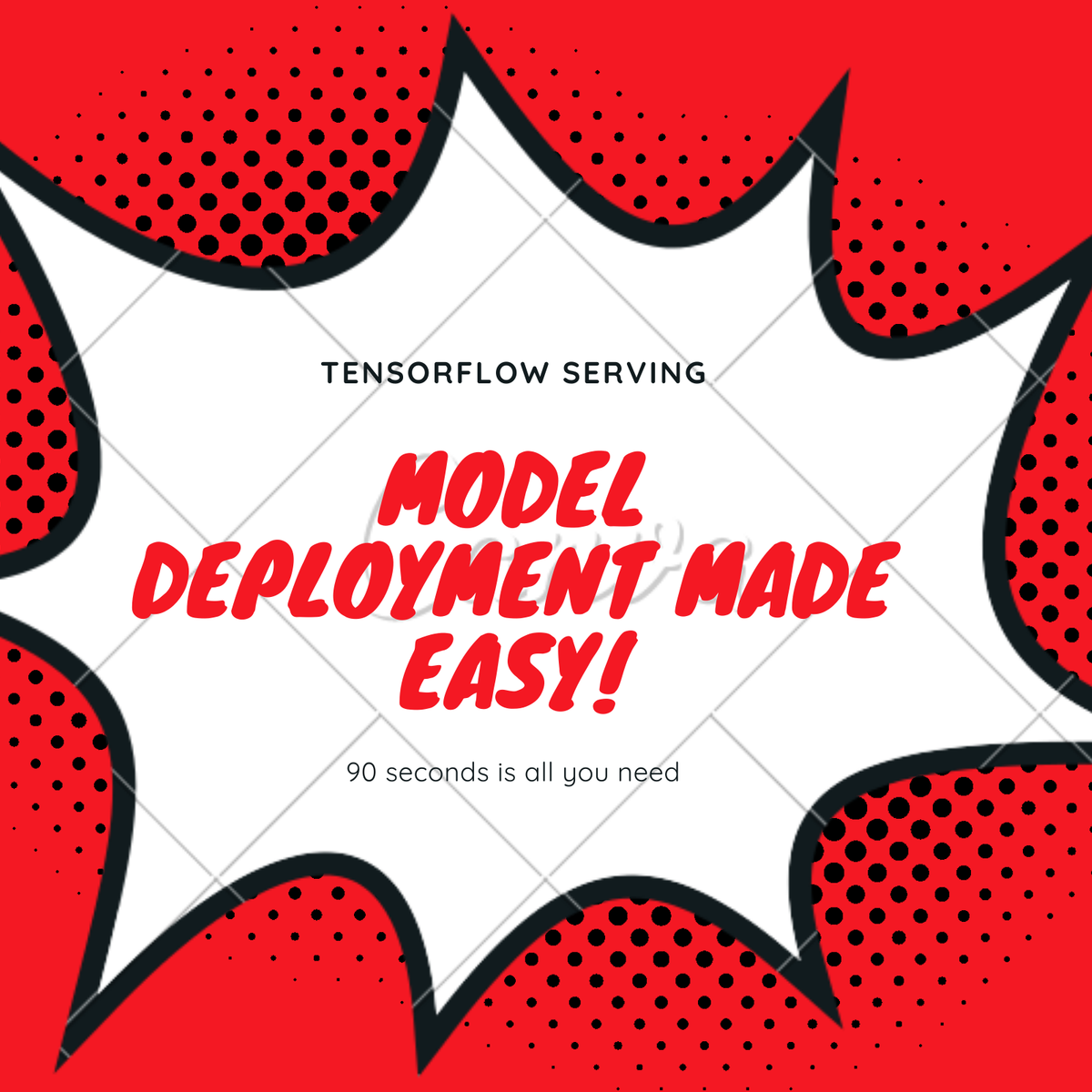
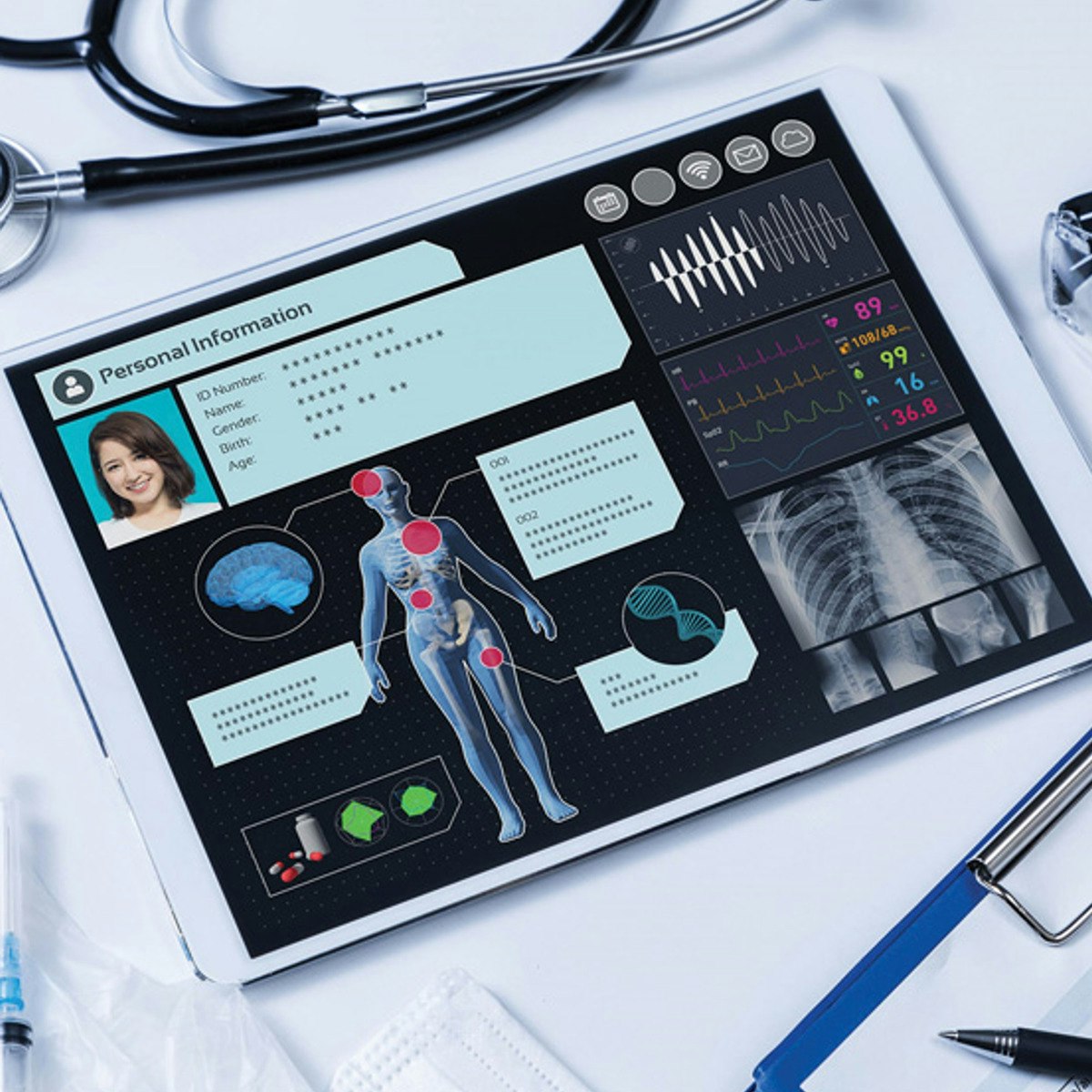
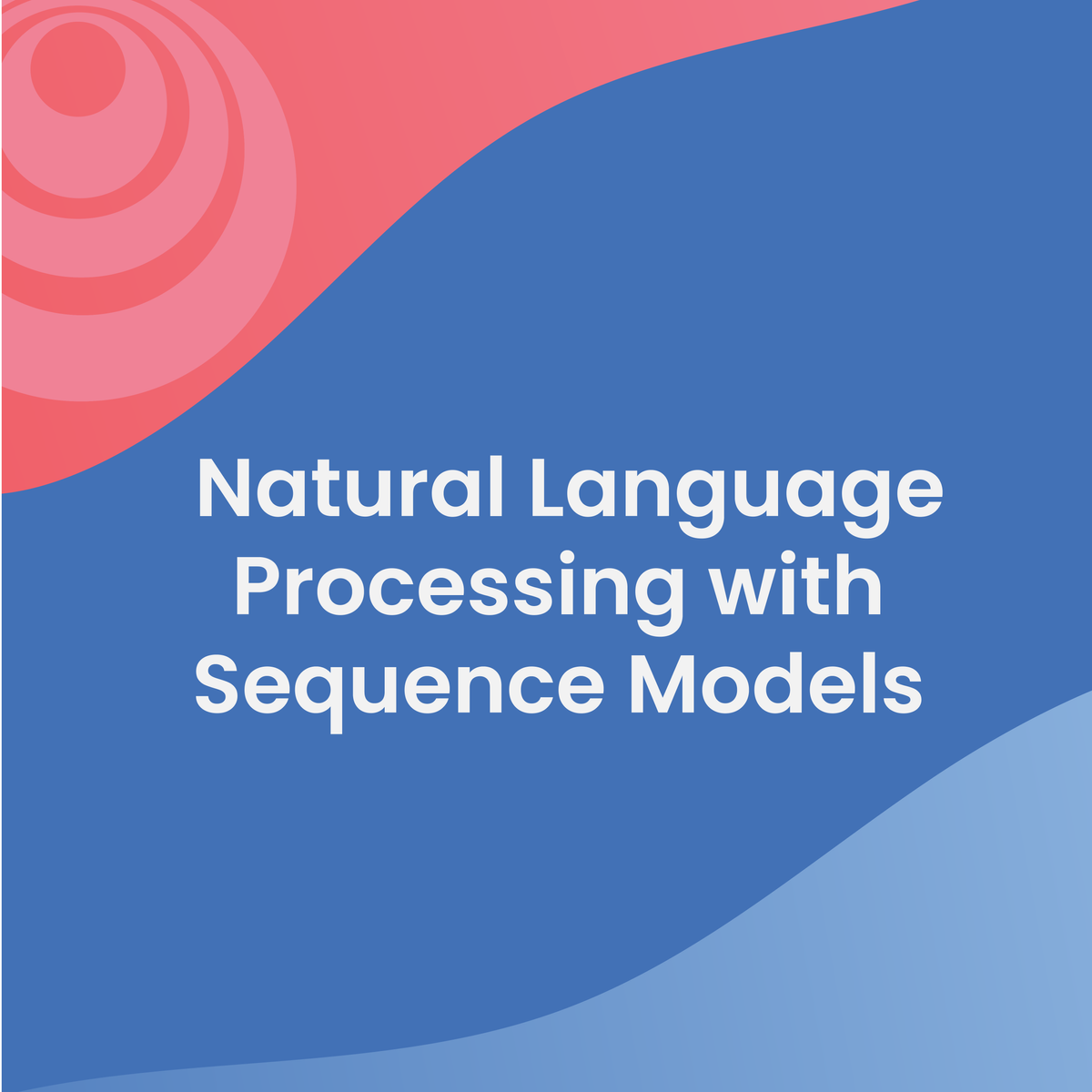



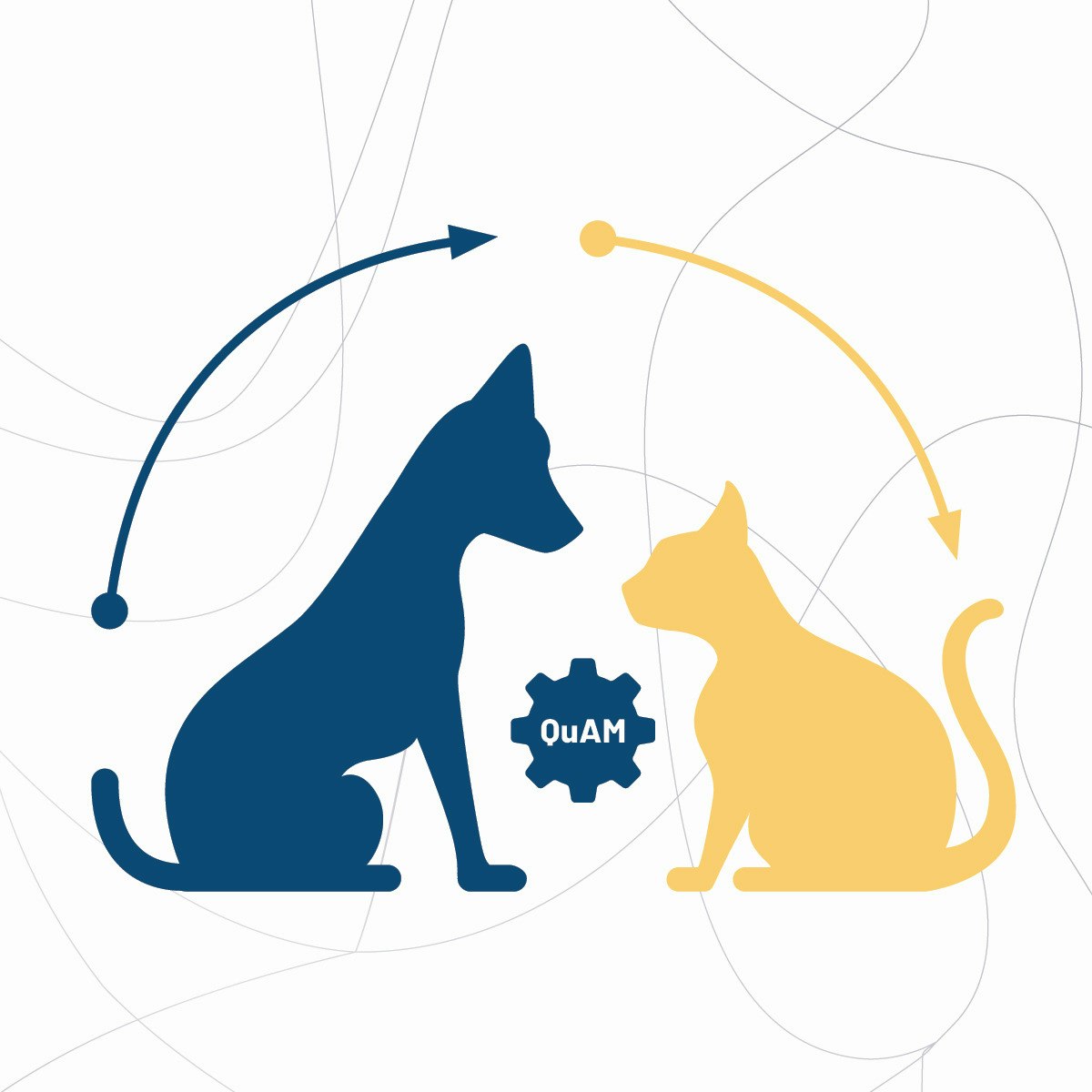
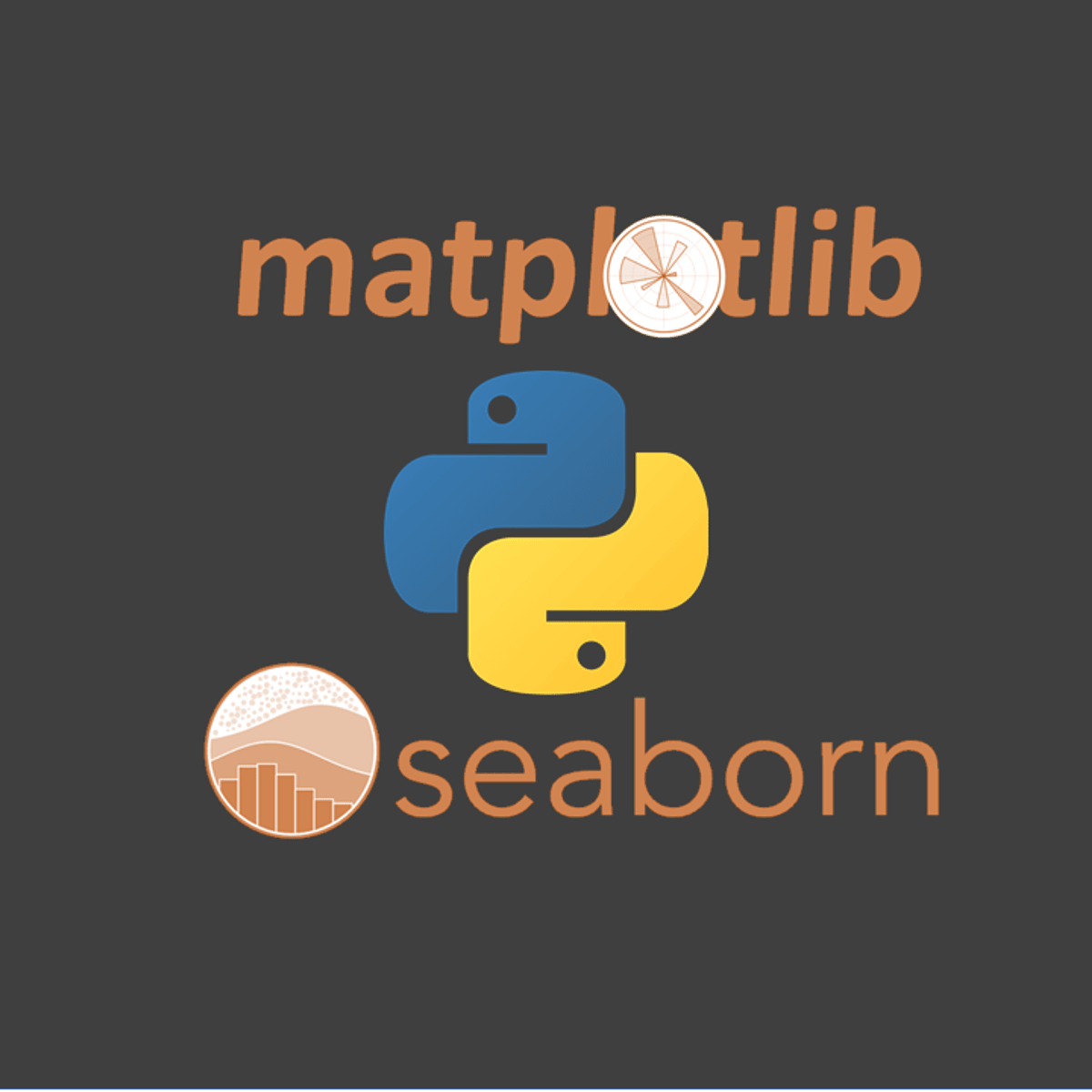
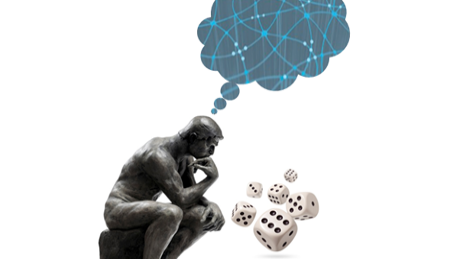

Data Science Courses - Page 109
Showing results 1081-1090 of 1407

TensorFlow Serving with Docker for Model Deployment
This is a hands-on, guided project on deploying deep learning models using TensorFlow Serving with Docker. In this 1.5 hour long project, you will train and export TensorFlow models for text classification, learn how to deploy models with TF Serving and Docker in 90 seconds, and build simple gRPC and REST-based clients in Python for model inference.
With the worldwide adoption of machine learning and AI by organizations, it is becoming increasingly important for data scientists and machine learning engineers to know how to deploy models to production. While DevOps groups are fantastic at scaling applications, they are not the experts in ML ecosystems such as TensorFlow and PyTorch. This guided project gives learners a solid, real-world foundation of pushing your TensorFlow models from development to production in no time!
Prerequisites:
In order to successfully complete this project, you should be familiar with Python, and have prior experience with building models with Keras or TensorFlow.
Note: This course works best for learners who are based in the North America region. We’re currently working on providing the same experience in other regions.
Data mining of Clinical Databases - CDSS 1
This course will introduce MIMIC-III, which is the largest publicly Electronic Health Record (EHR) database available to benchmark machine learning algorithms. In particular, you will learn about the design of this relational database, what tools are available to query, extract and visualise descriptive analytics.
The schema and International Classification of Diseases coding is important to understand how to map research questions to data and how to extract key clinical outcomes in order to develop clinically useful machine learning algorithms.

Natural Language Processing with Sequence Models
In Course 3 of the Natural Language Processing Specialization, you will:
a) Train a neural network with GLoVe word embeddings to perform sentiment analysis of tweets,
b) Generate synthetic Shakespeare text using a Gated Recurrent Unit (GRU) language model,
c) Train a recurrent neural network to perform named entity recognition (NER) using LSTMs with linear layers, and
d) Use so-called ‘Siamese’ LSTM models to compare questions in a corpus and identify those that are worded differently but have the same meaning.
By the end of this Specialization, you will have designed NLP applications that perform question-answering and sentiment analysis, created tools to translate languages and summarize text, and even built a chatbot!
This Specialization is designed and taught by two experts in NLP, machine learning, and deep learning. Younes Bensouda Mourri is an Instructor of AI at Stanford University who also helped build the Deep Learning Specialization. Łukasz Kaiser is a Staff Research Scientist at Google Brain and the co-author of Tensorflow, the Tensor2Tensor and Trax libraries, and the Transformer paper.

Advanced Recommender Systems
In this course, you will see how to use advanced machine learning techniques to build more sophisticated recommender systems. Machine Learning is able to provide recommendations and make better predictions, by taking advantage of historical opinions from users and building up the model automatically, without the need for you to think about all the details of the model.
At the end of this course, you will learn how to manage hybrid information and how to combine different filtering techniques, taking the best from each approach. You will know how to use factorization machines and represent the input data accordingly. You will be able to design more sophisticated recommender systems, which can solve the cross-domain recommendation problem. You will also learn how to identify new trends and challenges in providing recommendations in a range of innovative application contexts.
This course leverages two important EIT Digital Overarching Learning Outcomes (OLOs), related to your creativity and innovation skills. In trying to design a new recommender system you need to think beyond boundaries and try to figure out how you can improve the quality of the outcomes. You should also be able to use knowledge, ideas and technology to create new or significantly improved recommendation tools to support choice-making processes and solve real-life problems in complex and innovative scenarios.

Introduction to Data, Signal, and Image Analysis with MATLAB
Welcome to Introduction to Data, Signal, and Image Analysis with MATLAB!
MATLAB is an extremely versatile programming language for data, signal, and image analysis tasks. This course provides an introduction on how to use MATLAB for data, signal, and image analysis. After completing the course, learners will understand how machine learning methods can be used in MATLAB for data classification and prediction; how to perform data visualization, including data visualization for high dimensional datasets; how to perform image processing and analysis methods, including image filtering and image segmentation; and how to perform common signal analysis tasks, including filter design and frequency analysis.

Fundamentals of Data Warehousing
Welcome to Fundamentals of Data Warehousing, the third course of the Key Technologies of Data Analytics specialization. By enrolling in this course, you are taking the next step in your career in data analytics. This course is the third of a series that aims to prepare you for a role working in data analytics. In this course, you will be introduced to many of the core concepts of data warehousing. You will learn about the primary components of data warehousing. We’ll go through the common data warehousing architectures. The hands-on material offers to add storage to your cloud environment and configure a database. This course covers a wide variety of topics that are critical for understanding data warehousing and are designed to give you an introduction and overview as you begin to build relevant knowledge and skills.

Machine Learning Algorithms: Supervised Learning Tip to Tail
This course takes you from understanding the fundamentals of a machine learning project. Learners will understand and implement supervised learning techniques on real case studies to analyze business case scenarios where decision trees, k-nearest neighbours and support vector machines are optimally used. Learners will also gain skills to contrast the practical consequences of different data preparation steps and describe common production issues in applied ML.
To be successful, you should have at least beginner-level background in Python programming (e.g., be able to read and code trace existing code, be comfortable with conditionals, loops, variables, lists, dictionaries and arrays). You should have a basic understanding of linear algebra (vector notation) and statistics (probability distributions and mean/median/mode).
This is the second course of the Applied Machine Learning Specialization brought to you by Coursera and the Alberta Machine Intelligence Institute.

Python for Data Visualization:Matplotlib & Seaborn(Enhanced)
In this hands-on project, we will understand the fundamentals of data visualization with Python and leverage the power of two important python libraries known as Matplotlib and seaborn. We will learn how to generate line plots, scatterplots, histograms, distribution plot, 3D plots, pie charts, pair plots, countplots and many more!
Note: This course works best for learners who are based in the North America region. We’re currently working on providing the same experience in other regions.
Probabilistic Graphical Models 1: Representation
Probabilistic graphical models (PGMs) are a rich framework for encoding probability distributions over complex domains: joint (multivariate) distributions over large numbers of random variables that interact with each other. These representations sit at the intersection of statistics and computer science, relying on concepts from probability theory, graph algorithms, machine learning, and more. They are the basis for the state-of-the-art methods in a wide variety of applications, such as medical diagnosis, image understanding, speech recognition, natural language processing, and many, many more. They are also a foundational tool in formulating many machine learning problems.
This course is the first in a sequence of three. It describes the two basic PGM representations: Bayesian Networks, which rely on a directed graph; and Markov networks, which use an undirected graph. The course discusses both the theoretical properties of these representations as well as their use in practice. The (highly recommended) honors track contains several hands-on assignments on how to represent some real-world problems. The course also presents some important extensions beyond the basic PGM representation, which allow more complex models to be encoded compactly.

Creating Dashboards and Storytelling with Tableau
Leveraging the visualizations you created in the previous course, Visual Analytics with Tableau, you will create dashboards that help you identify the story within your data, and you will discover how to use Storypoints to create a powerful story to leave a lasting impression with your audience.
You will balance the goals of your stakeholders with the needs of your end-users, and be able to structure and organize your story for maximum impact. Throughout the course you will apply more advanced functions within Tableau, such as hierarchies, actions and parameters to guide user interactions. For your final project, you will create a compelling narrative to be delivered in a meeting, as a static report, or in an interactive display online.
Popular Internships and Jobs by Categories
Browse
© 2024 BoostGrad | All rights reserved


